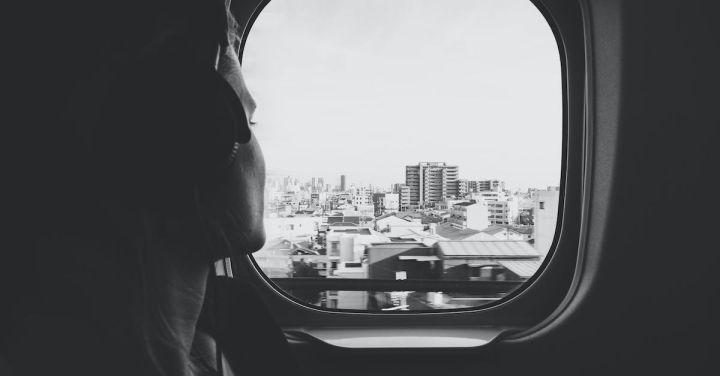Trains, with their rhythmic chugging and melodic whistles, have long served as a source of inspiration for musicians. The syncopated rhythm of a moving train has found its way into countless compositions, adding a distinct flavor and energy to the music.
From the early days of the railroad, musicians have been drawn to the unique sounds and vibrations that trains produce. The steady beat of the wheels on the tracks, the hiss of steam escaping, and the blast of the train’s horn all contribute to the captivating rhythm that has become synonymous with train-inspired music.
One of the most iconic examples of this influence can be found in jazz music. The syncopated rhythms of the train are deeply ingrained in the DNA of jazz, shaping its distinctive sound and feel. It is no coincidence that many jazz standards, such as Duke Ellington’s “Take the A Train” or the classic “Night Train” by Jimmy Forrest, evoke the sensation of a train journey. The swinging, off-beat rhythms mirror the movement of the train, creating an infectious groove that is hard to resist.
But the influence of trains goes beyond jazz. It has permeated various genres, from blues to rock and roll. The blues, with its emphasis on rhythm and emotion, has long embraced the train as a symbol of longing and escape. Songs like Muddy Waters’ “Mannish Boy” or Robert Johnson’s “Love in Vain” evoke the image of a lonesome traveler, hopping on a train to leave their troubles behind.
Rock and roll, with its rebellious spirit, has also embraced the train as a symbol of freedom. In songs like Chuck Berry’s “Johnny B. Goode” or Elvis Presley’s “Mystery Train,” the driving rhythm mirrors the unstoppable force of a speeding locomotive. The train becomes a metaphor for the wild, untamed energy of rock and roll itself.
Even classical music has not been immune to the allure of trains. Composers like Aaron Copland, with his “Appalachian Spring,” or Sergei Prokofiev, with his “Troika,” have incorporated train-like rhythms into their compositions. The result is a sense of movement and momentum that propels the music forward, carrying the listener on an exhilarating journey.
The influence of trains on music is not limited to rhythm alone. The sounds of trains, from the screeching brakes to the clattering of wheels, have also found their way into recordings. Musicians have used these sounds as samples or incorporated them directly into their compositions, adding an extra layer of authenticity and atmosphere.
In the age of technology, where trains have been largely replaced by faster means of transportation, the influence of trains on music remains as strong as ever. The nostalgia and romance associated with train travel continue to captivate musicians and listeners alike. The syncopated rhythm of a moving train continues to inspire new compositions, ensuring that the influence of trains on music will endure for generations to come.
In conclusion, the syncopated rhythm of trains has had a profound impact on music. From jazz to rock and roll, trains have shaped the sound and feel of countless compositions. The steady beat and unique sounds of trains have become ingrained in the musical landscape, adding a distinct flavor and energy to the music. Whether evoking a sense of longing, freedom, or simply capturing the exhilaration of movement, the influence of trains on music is undeniable. So next time you find yourself tapping your foot to a catchy rhythm, remember the humble train and its enduring influence on the music we love.
